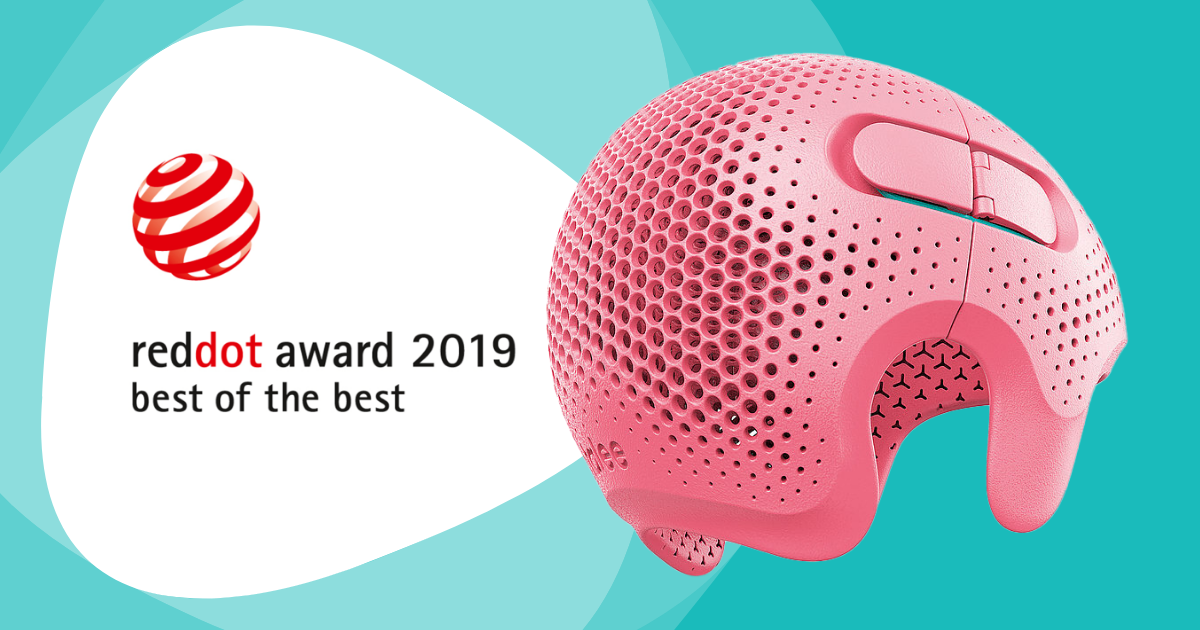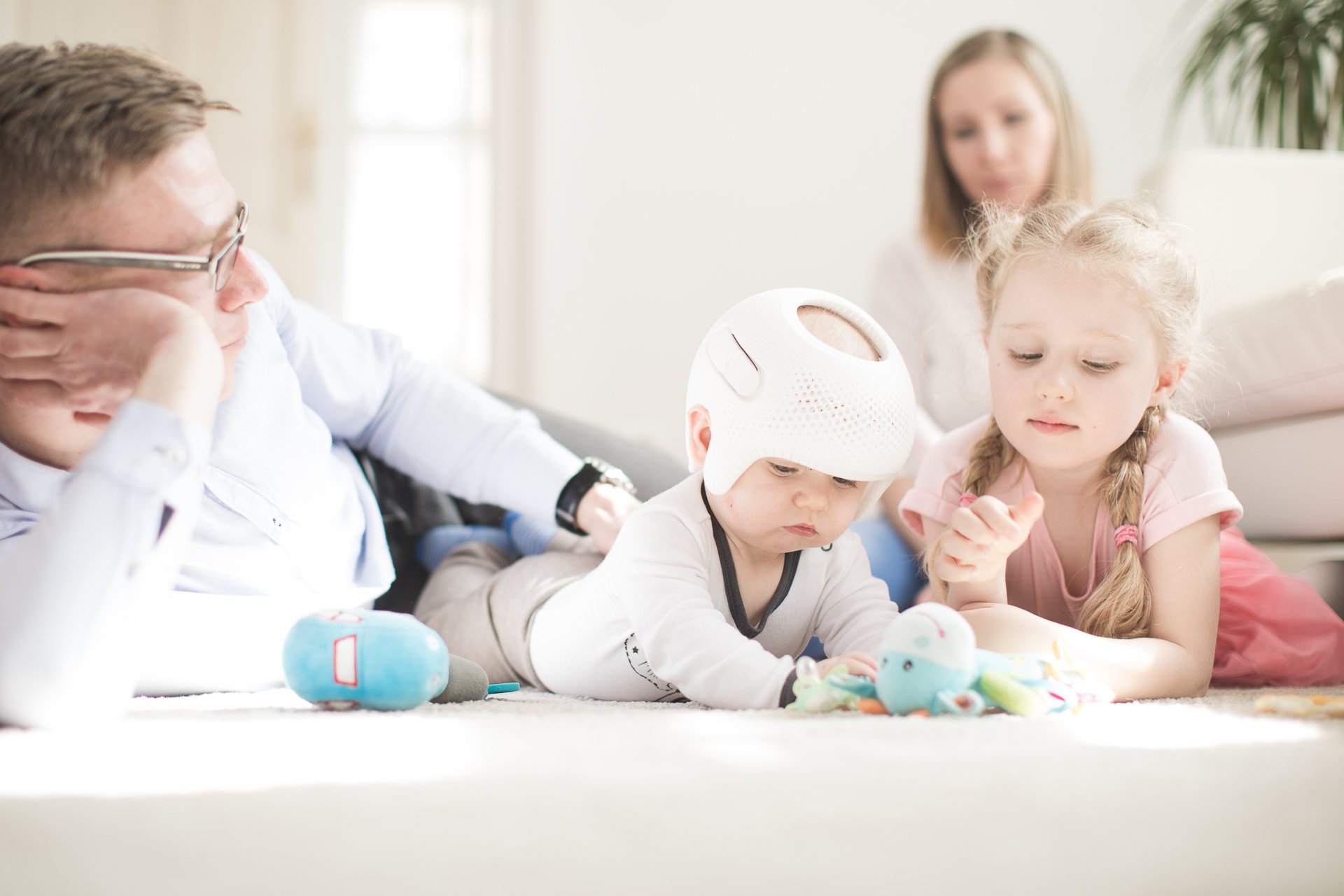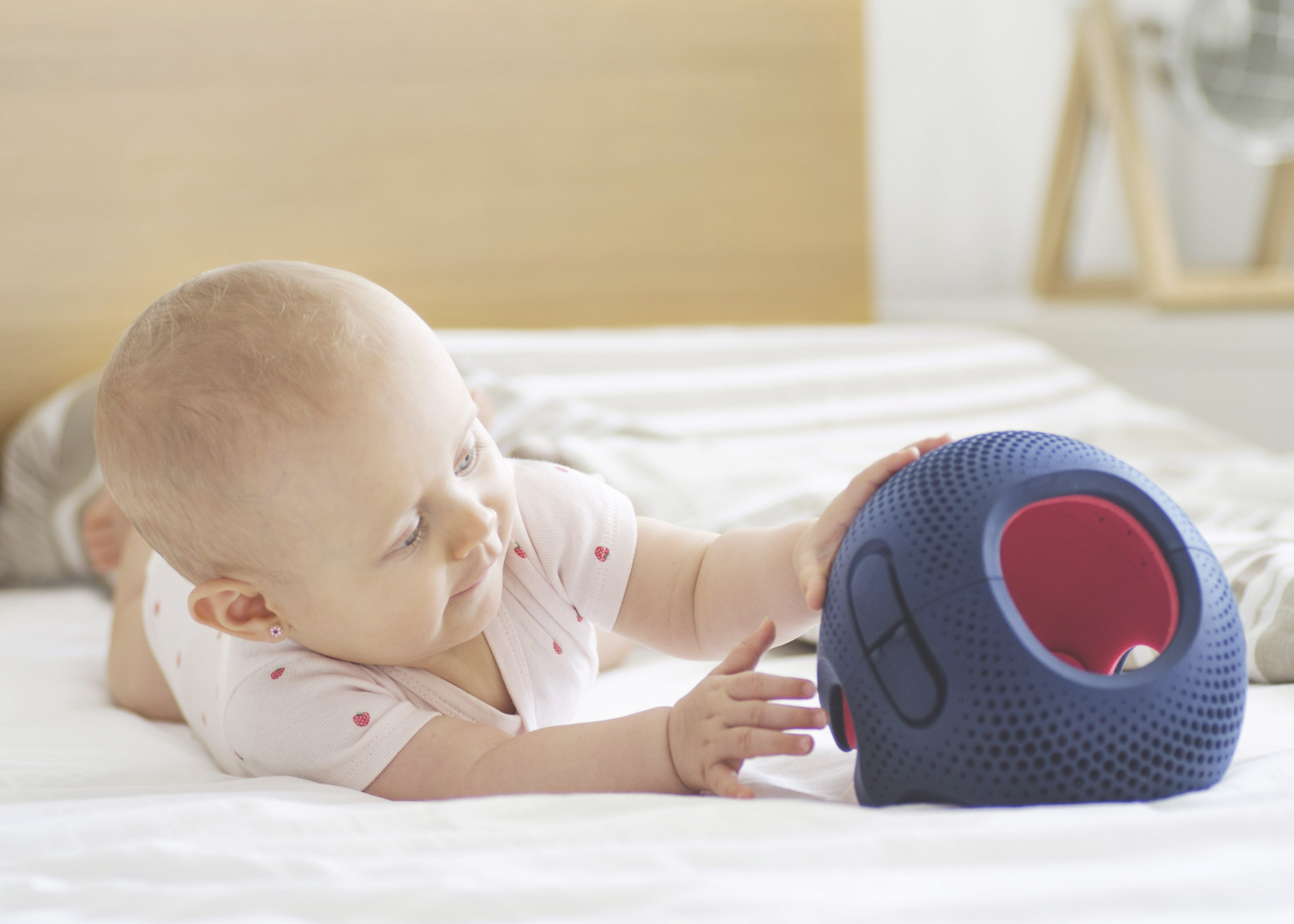
Is the Back to Sleep Campaign to Blame for the Rise in Plagiocephaly?
The Back to Sleep campaign was launched in 1994 to raise awareness about the danger of Sudden Infant Death Syndrome (SIDS). Researchers had discovered a relationship between the incidence of SIDS and the position in which babies sleep, finding that those who slept on the back were less likely to die suddenly. However, since this time there has also been a huge increase in the incidence of cranial deformation, leading many to believe that there may be a link between the Back to Sleep campaign and plagiocephaly.
The Relationship Between the Back to Sleep Campaign and Plagiocephaly
Plagiocephaly is a condition often seen in young infants, characterised by a flat head. This flattening is usually at the back or to one side, and there can also be some facial asymmetry.
The main cause of plagiocephaly in infants is lying in the same position regularly and for long periods of time. Because young babies’ skulls are still soft and malleable, they can adjust over time to mould to the shape of the surface that they are lying on, creating a flat spot in this area.
Since the Back to Sleep campaign was implemented, almost half of all infants have been found to have some degree of plagiocephaly. While this may also be linked to other factors, there is a strong correlation with the campaign.
If caught early enough, plagiocephaly can often be corrected by varying the position of your baby’s head when asleep and awake, enabling the skull to develop into a more normal shape. You must always place your baby on the back to sleep to minimise the risk of SIDS. More information on the Back to Sleep campaign can be found at the Lullaby Trust, previously known as the Foundation for Sudden Infant Death Syndrome (FSIDS). If your baby has a tendency to sleep in the same position all the time, the position of the head can be varied slightly by means of repositioning techniques such as these.
In the UK, the National Health Services give little advice on repositioning and care of infant skull shape, and many cautious parents continue to lay their babies exactly in the same position all the time, thinking that this is the right thing to do. In fact, it can make the problem worse as it doesn’t give the skull a chance to recover and re-form into a more normal shape.
If you have noticed a flat spot on your child’s head, it’s important that you take measures to prevent it from getting worse as soon as possible before the skull hardens and deformation becomes permanent. Technology in Motion can arrange an appointment for an assessment and examination of your child’s head to assess the severity of the problem.
If it’s not improving by the time your baby is four to five months of age, then it is unlikely to improve greatly without some help. If repositioning is not working and your baby is between 4 and 14 months old, a flat head helmet might be recommended instead. This will gradually allow the skull to grow back into a more normal shape, giving a gentle and permanent correction.
Contact us to book your appointment or for further advice. You can keep up to date with all the latest plagiocephaly news, views and research by following us on Facebook or Instagram.


